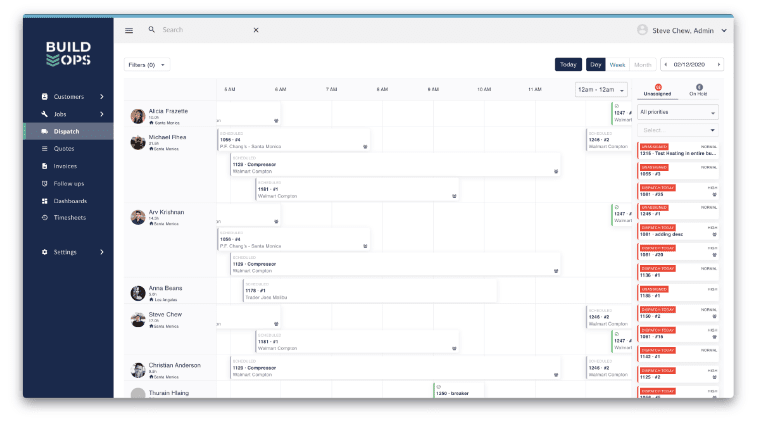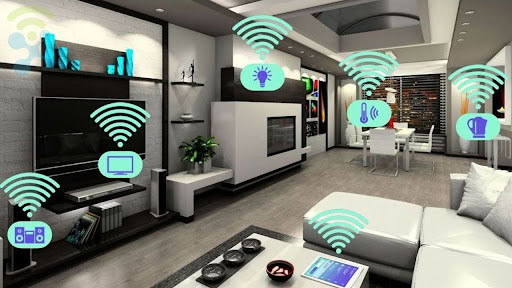You have probably encountered an HVAC system; suppose you have worked in extreme temperatures. These systems are made to keep our houses cool or warm and are customized to meet certain temperature needs.
HVAC means heating, ventilation, and air conditioning and is a system that controls a space’s temperature. HVAC systems entail things like central air and AC units and are available in different forms.
Every HVAC type lies in one of the following categories; ducted or ductless. The main unit in a ducted system pushes air via air ducts to cool buildings, while ductless systems do not have air ducts. Let us dive right into the types of HVAC systems.
-
Split System
Cooling and heating split systems are the most popular HVAC systems in residential buildings. These systems entail two components, one for cooling and the other for heating. The split system also controls temperature using traditional thermostats.
Most buildings with split systems have heating units in the basement or other indoor spaces. The heater is powered by gas and uses a fan to push heat via ductwork. The cooling system is found outside, and it links to the ductwork via a collection of tubing.
The split system uses coils and compressors to create cool air and has a fan that sends hot air from the building.
You may also like Tips and Techniques to Choose the Right Software Development Company
-
Packaged Cooling and Heating
Packaged cooling and heating systems are not common like split systems but are used in small buildings due to their small size. The cooling and heating components are found in a single unit and are stored on the roof near the foundation.
Packaged systems link to a building’s supply via a hole in the wall. Building owners can opt to install packaged heat pumps or conditioners with optional strip elements. This system is cheap to install and maintain.
-
Hybrid Split System
The hybrid split HVAC system has a similar structure as the split system, but it does not rely on gas to produce heat. The hybrid split system’s heater can burn gas, and it also switches to electric power.
Electric heating is less powerful and slower than gas heating, but this option gives homeowners control over their building’s energy rates. This reduces energy costs in temperate regions.
-
Zoned System
HVAC systems give occupants better control over the temperature in different rooms in a building. Technicians can install these systems in different ways, depending on the building size. People with larger homes install multiple HVAC systems and HVAC Software to regulate temperature on all floors. This system needs building owners to install more than two heating systems since all systems are separate.
Another popular zoning entails installing dampers in the air duct to regulate the airflow to different areas. Closing a damper partially restricts airflow, making it possible to adjust every room’s temperature. This system is compatible with HVAC software, making it a fan favorite.
You may also like How Modern Manufacturing ERP Software Drives a Competitive Business
Conclusion
HVAC systems are available in different types, spoiling homeowners for choice. The most common types are the split and zoned systems, and all have many advantages. The above article has discussed the types of HVAC systems, and you can reach out for more information.
Would you like to read more about the HVAC Software-related articles? If so, we invite you to take a look at our other tech topics before you leave!
![]()












